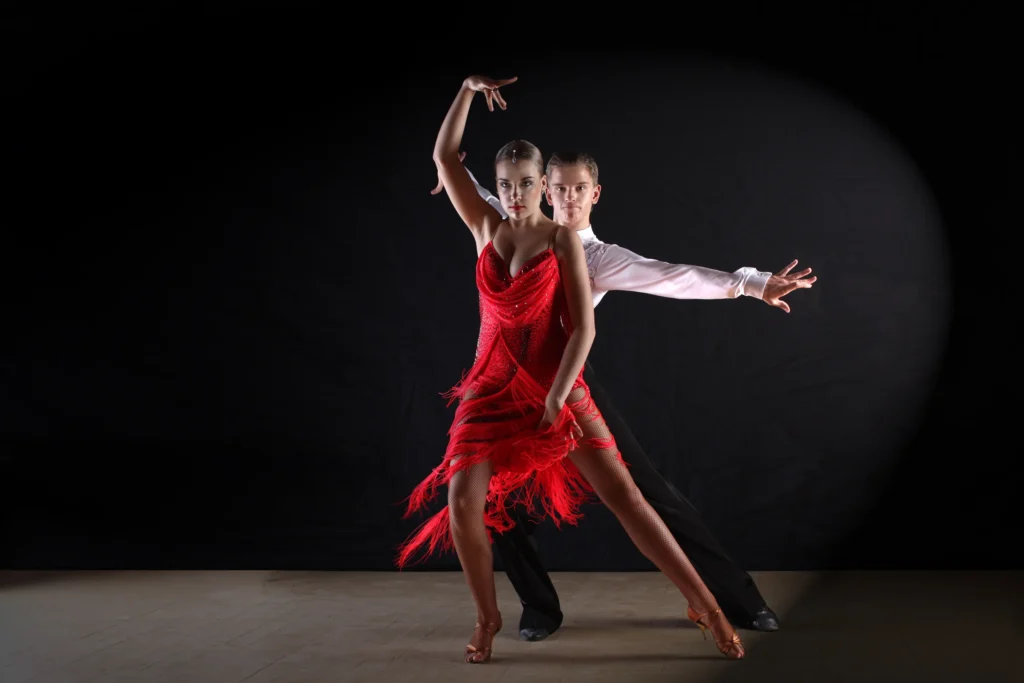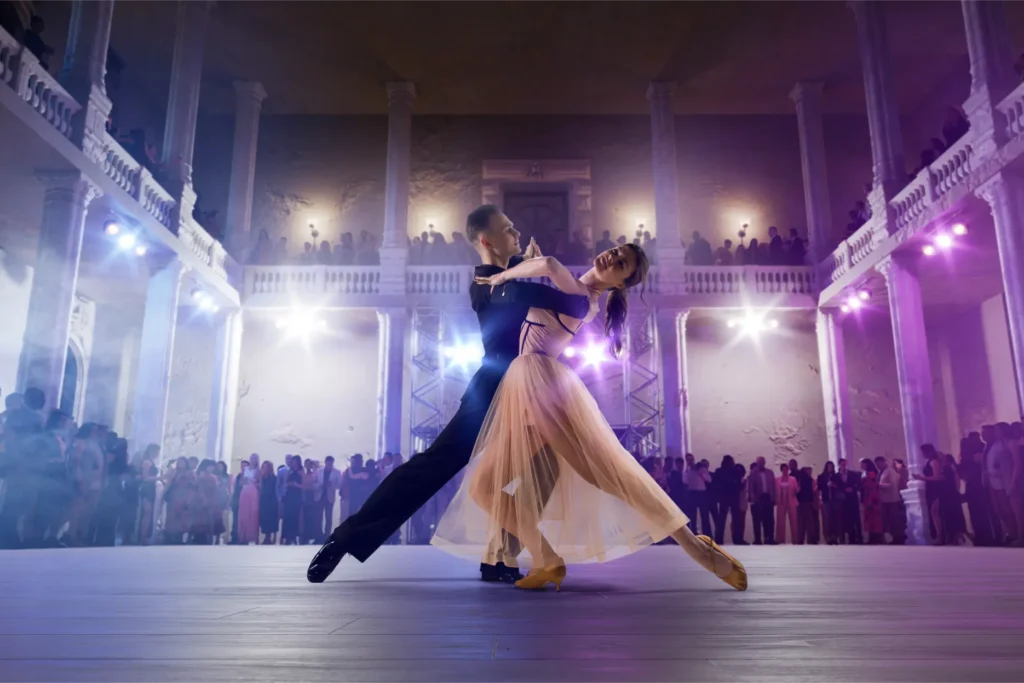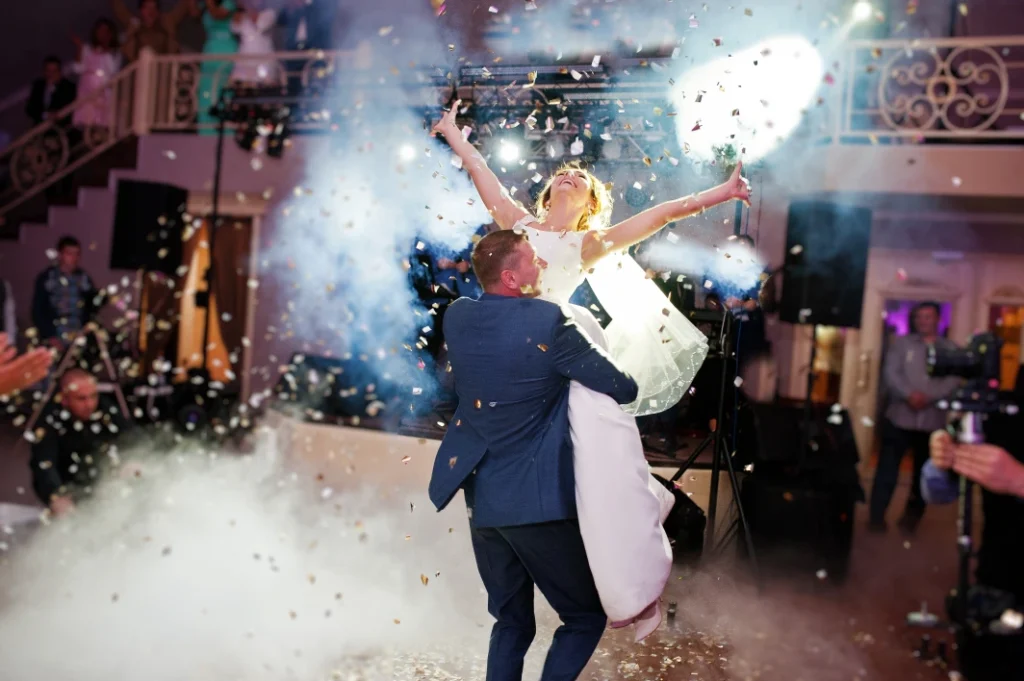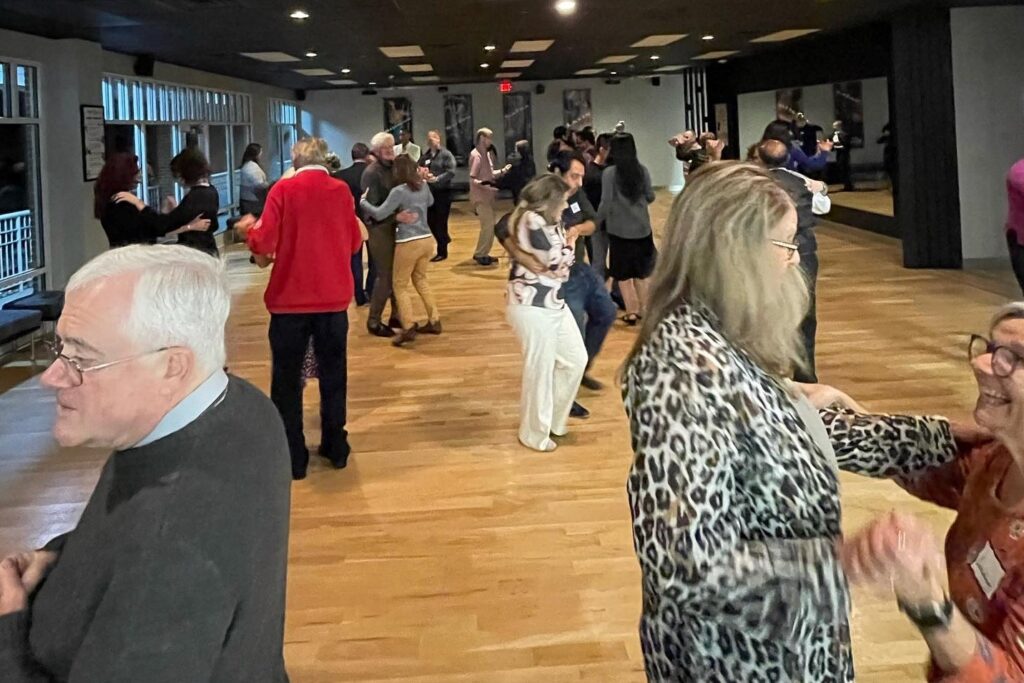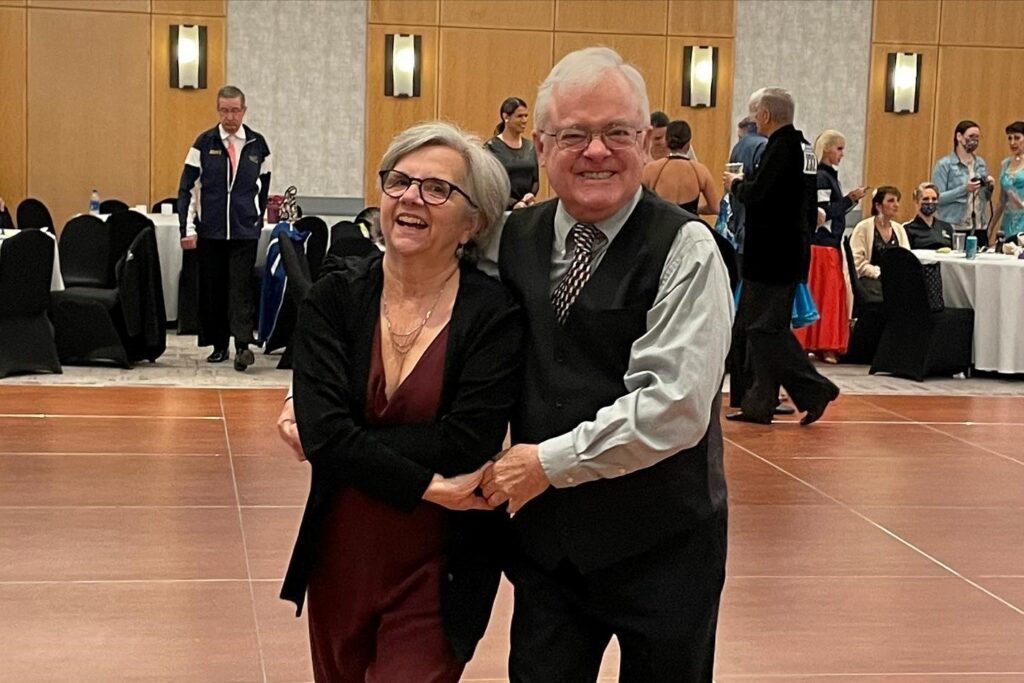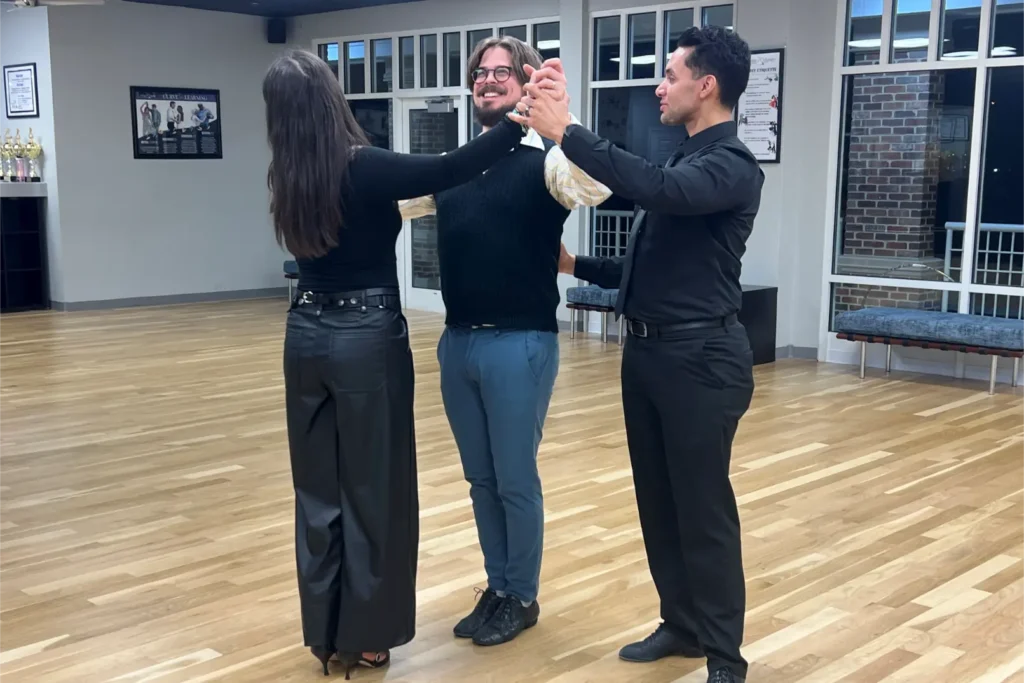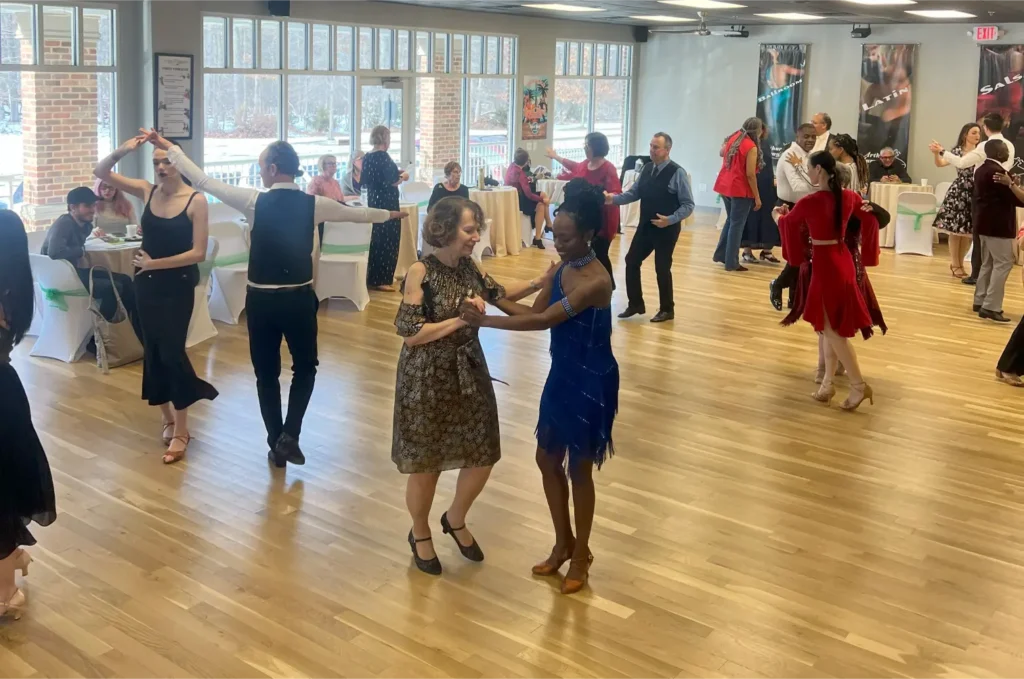Latin dance pulsates with a vibrant energy, a captivating blend of rhythm, passion, and cultural expression. From the polished elegance of ballroom competitions to the raw, infectious joy of social dance floors, the world of Latin dance offers a rich tapestry of styles.
However, navigating this diverse landscape can be a bit like deciphering a new language. What exactly differentiates International Latin from American Rhythm? And where do those sizzling club dances fit into the picture? This comprehensive guide will unravel the nuances, providing you with a clear understanding of these distinct yet interconnected Latin dance styles.
Exploring the Spectrum of Latin Dance Styles
The term “Latin dance” encompasses a broad range of dances originating from Latin America. Within this vast family, distinct categories have evolved, each with its own unique characteristics, musicality, and performance aesthetic.
Understanding these Latin dance forms is crucial for anyone looking to learn, appreciate, or simply enjoy the diverse rhythms of Latin America. We will delve into the structured world of ballroom competition, contrasting the International and American styles, before venturing into the more informal and social realm of Latin club dances.
International Latin: Precision and Power
International Latin is one of the two main categories within the ballroom dance world (the other being Standard). It comprises five distinct dances: Cha-Cha-Cha, Rumba, Samba, Paso Doble, and Jive.
These dances are characterized by their strong emphasis on technique, precise footwork, dramatic expression, and powerful movements. The syllabus for International Latin is strictly defined, focusing on specific steps, figures, and partnering holds. Competitions in this style often showcase a high level of athleticism and artistry.
The Fiery Essence of Paso Doble
The Paso Doble, inspired by the drama of the Spanish bullfight, embodies a strong and proud character. The leader typically portrays the matador, while the follower can represent the cape or even the bull.
Characterized by sharp movements, dramatic poses, and a strong sense of musicality, the Paso Doble is a visually striking and emotionally charged dance within the Latin ballroom dance repertoire. Latin dance costumes for competitions often reflects this dramatic flair, with bold colors and strong silhouettes.
The Playful Syncopation of Cha-Cha-Cha
The Cha-Cha-Cha is a vibrant and flirtatious dance known for its syncopated rhythms and playful energy.
Derived from the Cuban Mambo and Rumba, the Cha-Cha-Cha incorporates quick triple steps (“cha-cha-cha”) that create a lively and engaging feel. While maintaining technical precision, this dance allows for a more relaxed and social interaction between partners.
The Romantic Narrative of Rumba
Often referred to as the “dance of love,” the Rumba is a slow and sensual dance that tells a story of romance and connection.
Characterized by its Latin motion, which involves a fluid movement of the hips and body, the Rumba emphasizes connection, expression, and controlled movements. The music is typically melodic and emotionally evocative, allowing dancers to convey a range of feelings through their movements.
The Energetic Bounce of Samba
Originating from Brazil, the Samba is a lively and rhythmic dance characterized by its distinctive bounce action.
The music is infectious and high-energy, encouraging a joyful and celebratory expression. While there is a ballroom version with specific steps and techniques, the social Samba is even more diverse and improvisational, reflecting the vibrant culture of Brazil.
The Swinging Fun of Jive
The Jive is the fastest and most energetic of the International Latin dances.
With its roots in American Swing dances like the Jitterbug, the Jive is characterized by its quick steps, flicks, and kicks. It exudes a youthful and exuberant energy, demanding stamina and precise timing from the dancers.
American Rhythm: Smoothness and Social Flair
American Rhythm is the second category of ballroom Latin dances, popular primarily in the United States and Canada.
It shares some of the same core dances as International Latin but with distinct stylistic differences and a greater emphasis on social dancing.
The five dances in American Rhythm are Cha-Cha, Rumba, East Coast Swing, Bolero, and Mambo. The approach in American Rhythm tends to be smoother, with more open breaks and underarm turns, allowing for greater freedom of expression and social interaction.
The Expressive Quality of Bolero
The Bolero in American Rhythm is a slow and graceful dance that emphasizes smooth, continuous movements and expressive arm styling.
It differs significantly from the International Rumba in its musicality and movement vocabulary, often incorporating longer, flowing steps and a more lyrical interpretation of the music.
The Energetic Foundation of East Coast Swing
While not strictly “Latin” in origin, the East Coast Swing is included in the American Rhythm category due to its rhythmic similarities and its popularity in social dance settings.
It’s a versatile and energetic dance characterized by its six-count basic and numerous variations, allowing for a wide range of musical interpretation.
The Cuban Roots of Mambo
The Mambo is a vibrant and improvisational dance that originated in Cuba.
Characterized by its syncopated rhythms and dynamic movements, the Mambo emphasizes musicality and personal expression. In American Rhythm, the Mambo retains its energetic and playful character, often incorporating intricate footwork and styling.
The Shared Ground of Cha-Cha and Rumba
While the Cha-Cha and Rumba exist in both International Latin and American Rhythm, subtle differences in technique and styling distinguish them.
In American Rhythm, these dances often have a more relaxed feel, with greater emphasis on social connection and less strict adherence to a codified syllabus compared to their International counterparts.
The types of Latin dance within the American Rhythm category offer a blend of technical skill and social enjoyment.
Latin Club Dances: Embracing Social Energy
Beyond the structured world of ballroom, Latin club dances thrive in social settings, fueled by infectious rhythms and a vibrant community spirit. These dances are often more informal, emphasizing connection, musicality, and personal expression over strict technique.
While some club dances have roots in ballroom styles, they have evolved in social dance environments, often incorporating influences from street dance and popular culture.
The Sensual Connection of Salsa
Salsa is arguably the most popular Latin club dance worldwide. With its roots in Cuban Son and other Afro-Caribbean rhythms, Salsa is characterized by its eight-count basic step and its emphasis on improvisation and partner connection.
Different regional styles of Salsa, such as Cuban Salsa (Casino), Los Angeles Style (on1), and New York Style (on2), offer variations in timing, turns, and styling, contributing to the rich diversity of this social dance.
The Intimate Embrace of Bachata
Originating from the Dominican Republic, Bachata is a sensual and romantic dance characterized by its four-count basic step and its close partner connection.
The music often tells stories of love and longing, and the dance reflects this intimacy through close embraces, gentle hip movements, and expressive body language.
Various styles of Bachata, including Dominican Bachata, Sensual Bachata, and Modern Bachata, offer different interpretations of the music and movement.
See how bachata and salsa compare to one another and see which one works best for you.
The Rhythmic Complexity of Merengue
Also from the Dominican Republic, Merengue is a lively and energetic dance characterized by its marching basic step and its distinctive hip action.
The music is typically fast-paced and infectious, encouraging a playful and social atmosphere on the dance floor. While the basic step is relatively simple, Merengue offers opportunities for intricate turns and styling.
Distinguishing the Three Categories: A Comparative Look
Understanding the differences between International Latin and American Rhythm boils down to several key factors:
- Technique and Syllabus: International Latin has the most strictly defined syllabus and emphasizes precise technique, strong lines, and powerful movements. American Rhythm has a less rigid syllabus, allowing for more stylistic variation and a smoother, more social feel. Club dance Styles prioritize musicality, connection, and personal expression over strict adherence to specific steps.
- Partnering: International Latin often features more closed positions and structured partnering. American Rhythm incorporates more open breaks and underarm turns, allowing for greater freedom and social interaction. Latin club dances emphasize connection but often allow for more individual expression and improvisation.
- Musicality: While all three categories emphasize musicality, the interpretation can differ. International Latin often focuses on precise timing and dramatic phrasing. American Rhythm allows for a more lyrical and expressive interpretation. Latin club dances prioritize feeling the rhythm and responding to the nuances of the music in a social context.
Embracing the Diversity of Latin Dance
The world of Latin dance is a vibrant and multifaceted one, offering a wealth of rhythms, styles, and cultural expressions. Whether you are drawn to the competitive artistry of International Latin, the smooth sociability of American Rhythm, or the infectious energy of Latin club dances, there is a type of Latin dance to ignite your passion and move your soul. By understanding the nuances and distinctions between these Latin dance styles, you can better appreciate the rich tapestry of Latin dance and find the perfect rhythm to call your own. So, step onto the dance floor, embrace the music, and discover the joy of Latin movement!

